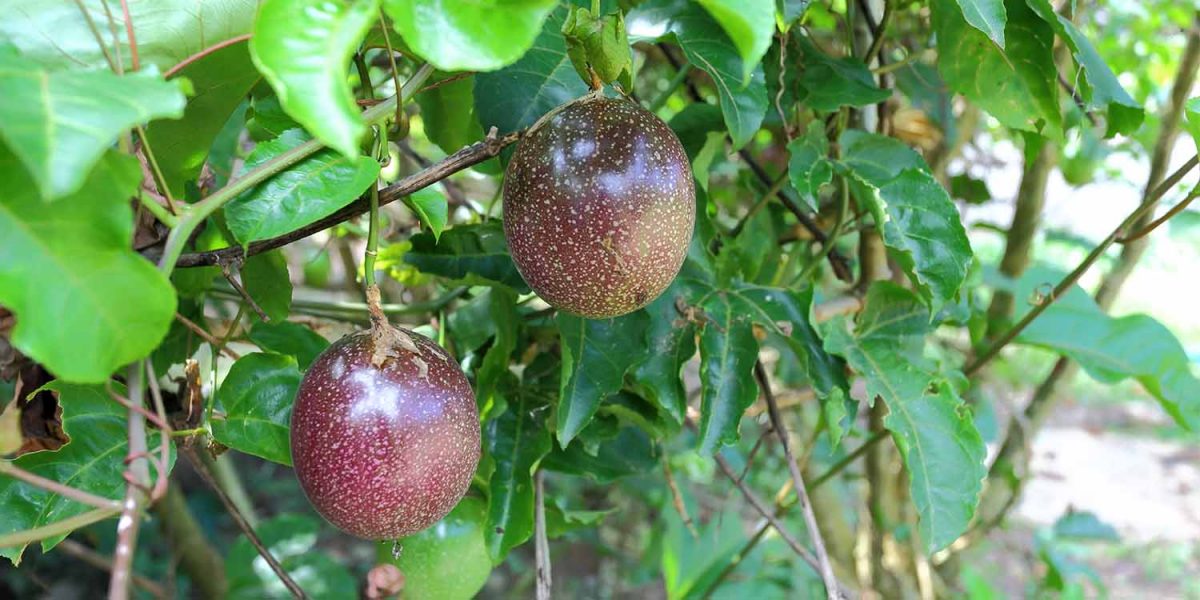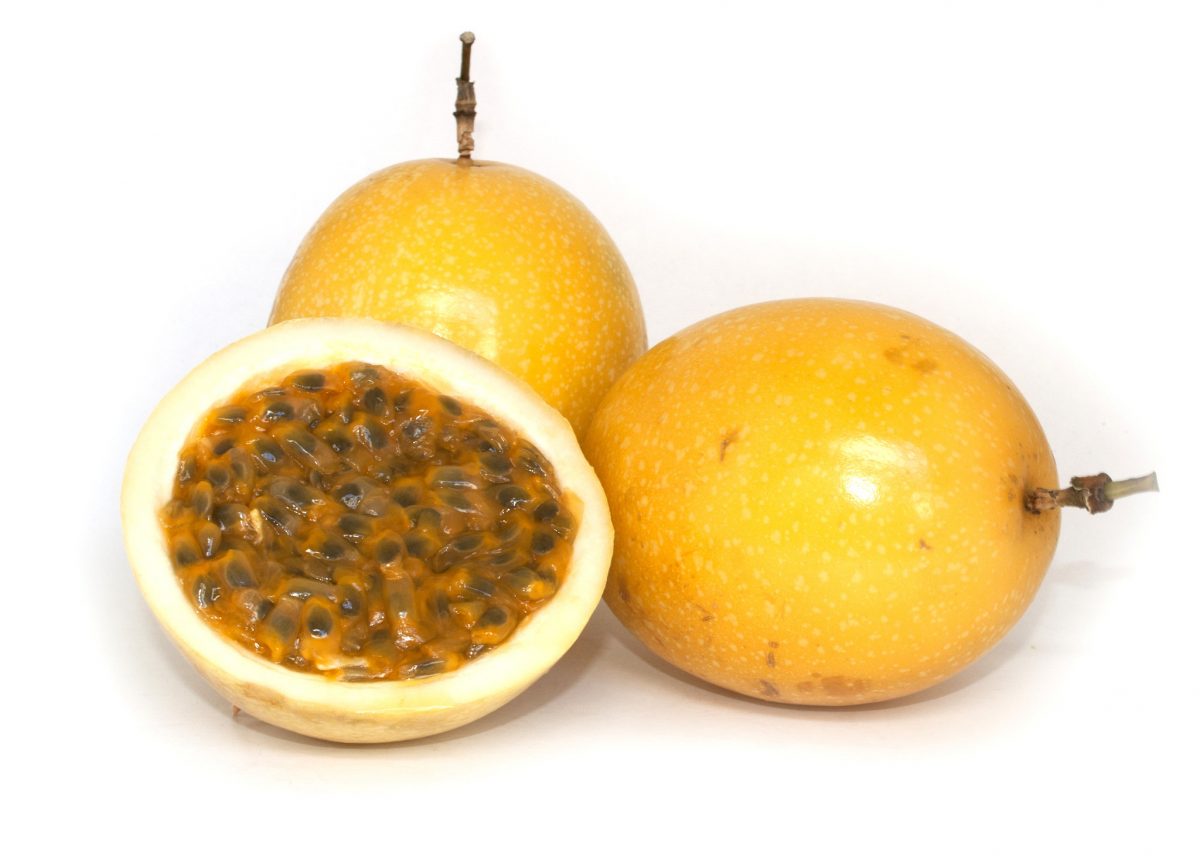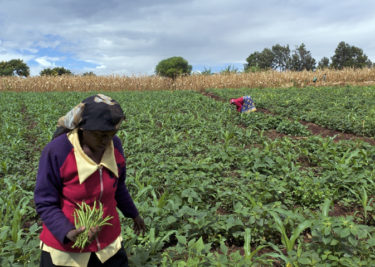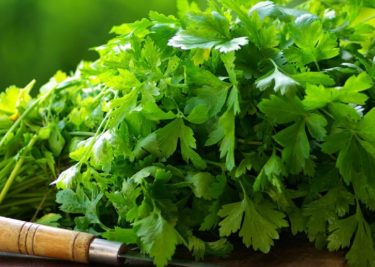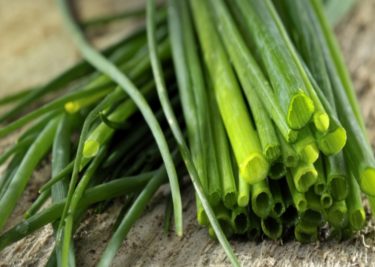The Fruit of a Flower with Five Wounds
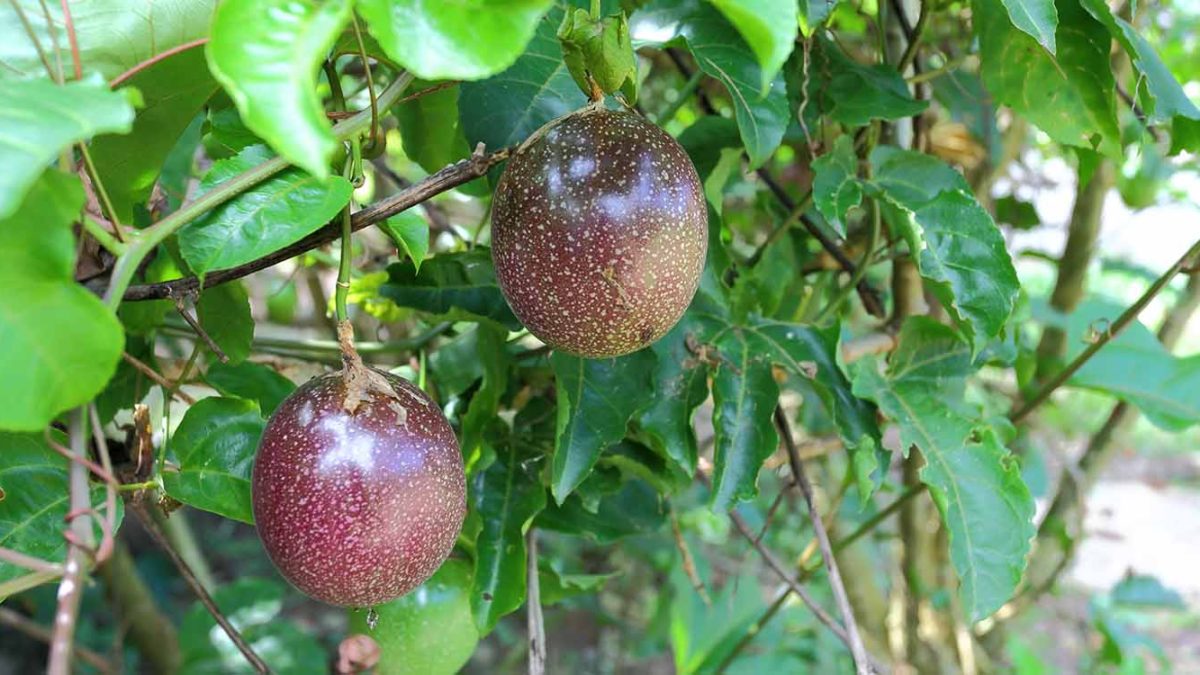
Photo Copyright: Greenlife Kenya
In the 16th century some Spanish missionaries came across a purple flower. It resembled a vision by Italian deacon Giovanni di Pietro di Bernardone of a vine he saw crawling up the cross on which Jesus Christ was crucified. A closer look at the purple flower and the missionaries pointed out five stamens. These, they linked to the wounds Christ suffered during his crucifixion – on both hands, feet and in his heart. The death of Christ as recorded in the New Testament is given the name ‘The Passion’ and as a result of the similarities of this plant to their doctrine, they named it “The flower of five wounds”.
The seedlings of the flower were shipped to Kenya from Brazil in the 1920s for the sole purpose of making commercial juice. The flower bloomed well in the coastal regions of Kwale, Malindi, Msambweni and a large section of the south Coast. It needed plenty of sunshine, minimal rainfall and all-round humidity.
Presently, Kenya, Brazil, Colombia, Zambia and Zimbabwe are the top producers and exporters of passion fruit. Its interior welcomes the eater with a seeds harbouring a sweet taste. Its slightly acidic kick makes it a refreshing juice on its own or when mixed with other fruits.
Perhaps the most respectable aspect of this tropical fruit is its vitamin content. Carotene is what gives passion fruit its yellow to orange pigment. Once the seeds or juice are consumed, the carotene converts to Vitamin A and contributes to healthy skin, the development of mucus membranes and a stronger immune system.
Yellow passion fruits are the dominant variety in Kenya. We export them to South Sudan, Netherlands, the United Arab Emirates, Bahrain, Canada and the United Kingdom in plenty.
- Photo Copyright: Greenlife Kenya
- Photo Copyright: Sadiki Growers
- Photo Copyright: Jarine Kenya

